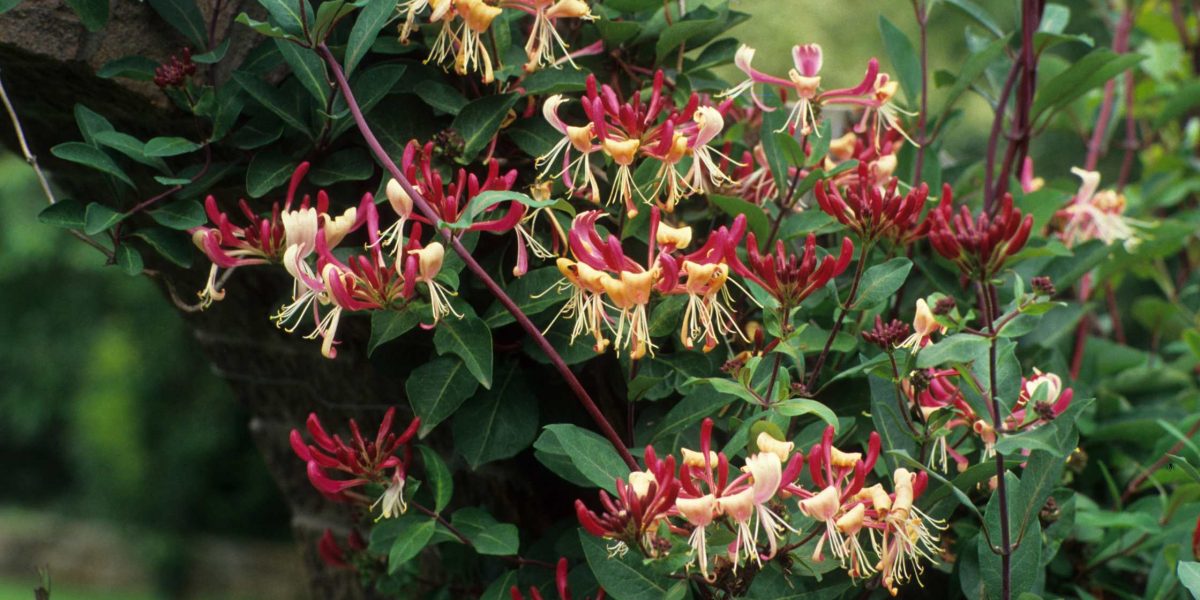Landscaping in San Antonio is not just about creating an attractive environment around your home; it’s about making sustainable choices that benefit the ecosystem. One of the best ways to achieve this is by incorporating native plants into your landscape. Native plants, which have evolved naturally in the San Antonio region, offer numerous advantages that can lead to a healthier, more resilient garden. Here are some compelling benefits of using native plants in your San Antonio landscaping:
1. Reduced Water Usage
One of the most significant benefits of native plants is their ability to thrive with minimal water. San Antonio’s hot and often dry climate can make water conservation a critical concern. Native plants such as the Texas Sage, Blackfoot Daisy, and Mexican Feathergrass are adapted to the local climate and soil conditions. This means they can tolerate periods of drought and need less supplemental watering, leading to significant water savings. In a time where water conservation is crucial, choosing native plants is an environmentally responsible decision that also reduces your water bill.
2. Better Pest Resistance
Native plants have developed natural defenses against local pests and diseases over thousands of years. This makes them more resistant to common pests and less reliant on chemical pesticides. For instance, plants like the Purple Coneflower and Turk’s Cap are less likely to suffer from pest infestations. By using native plants, you create a more balanced ecosystem where beneficial insects can thrive, reducing the need for harmful chemical interventions. This not only protects your plants but also contributes to a healthier environment.
3. Support for Local Wildlife
Native plants provide essential habitat and food sources for local wildlife, including birds, butterflies, bees, and other pollinators. Plants like the Red Yucca and Coral Honeysuckle produce nectar, seeds, and fruits that are perfectly suited to the dietary needs of local species. By incorporating native plants into your landscape, you create a welcoming environment for wildlife, helping to support biodiversity and promote ecological balance. This is especially important as natural habitats continue to decline due to urbanization and other human activities.
4. Low Maintenance
Because native plants are well adapted to the local environment, they generally require less maintenance compared to non-native species. They are more tolerant of San Antonio’s weather conditions and soil types, which means they need less fertilizer, pruning, and overall care. This translates to less time and money spent on maintaining your garden, allowing you to enjoy your outdoor space with minimal effort.
5. Enhanced Beauty and Sense of Place
Native plants offer a unique beauty that reflects the natural character of San Antonio. By using native species, you can create a landscape that feels more authentic and connected to the local environment. This sense of place can enhance the overall aesthetic of your garden, making it a more harmonious and appealing space.
6. Soil Health Improvement
Native plants typically have deep root systems that help improve soil structure and fertility. These roots increase soil aeration, reduce erosion, and promote the absorption of water and nutrients. Over time, native plants can enhance the health of your soil, creating a more fertile and sustainable garden environment.
Conclusion
Incorporating native plants into your San Antonio landscape is a smart and sustainable choice that offers numerous benefits. From reduced water usage and better pest resistance to supporting local wildlife and improving soil health, native plants can help you create a beautiful, low-maintenance garden that thrives naturally. By choosing native plants, you not only enhance the beauty of your outdoor space but also contribute to the health and sustainability of the environment. So, next time you plan a landscaping project, consider going native and enjoy the rewards of a more eco-friendly garden in San Antonio.

